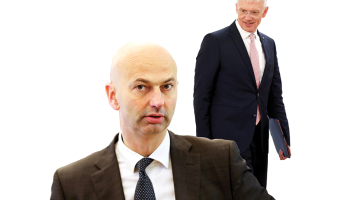
Foto: Reinis Hofmanis, F64
Scenarios for post–crisis economic growth
Gross domestic product (GDP) seems to have stabilized after its off?the?cliff experience between Q4 2007 and Q4 2009 where it saw a gigantic cumulative fall of just over 25%, see figure below. Q3 2010 figures are due very soon and are likely to show a small increase year?on?year indicating that the recession ? but not the hangover ? may be over.
GDP in constant prices, 2004 = 100, seasonally adjusted data:
Source: Central Statistical Bureau
But what about future growth? What can we expect? IMF working paper may cast some light on that issue and it does not provide all that optimistic reading ? but it indirectly provides some lessons and that is not too bad.
In the figure below I have tried to employ my rather inferior drawing ability to sketch Latvia?s GDP development before the crisis and some post-crisis scenarios.















